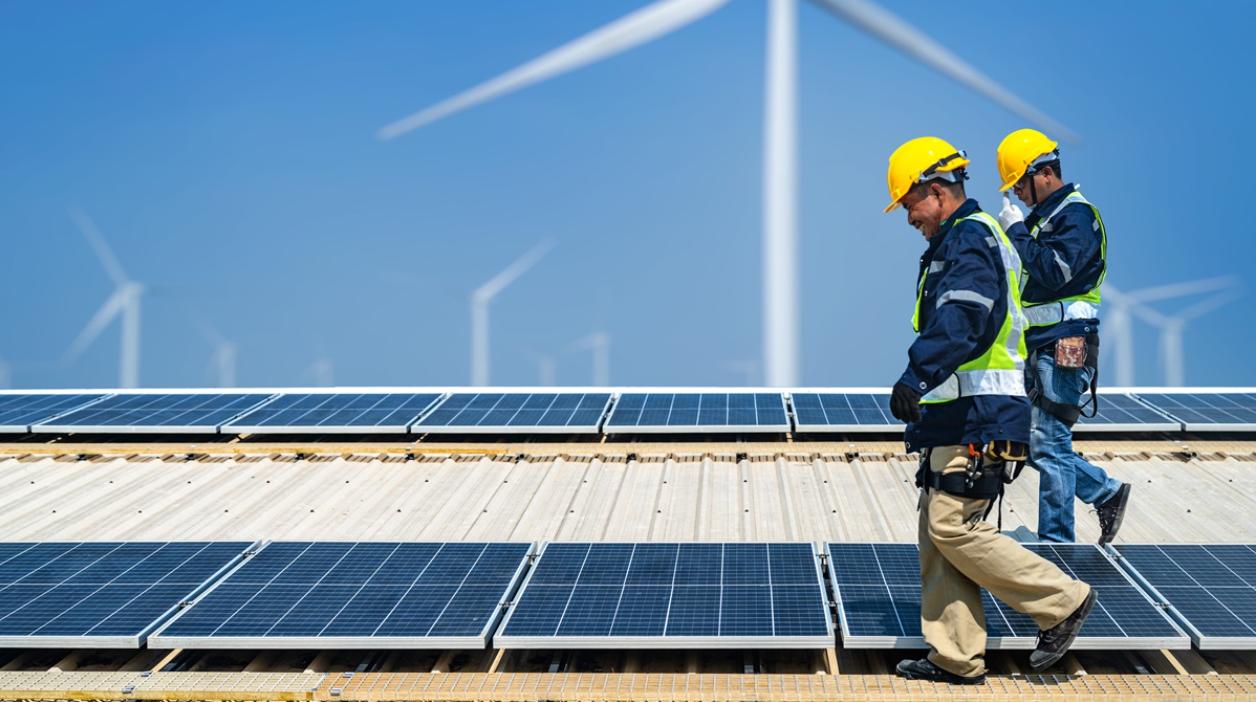
The need for global climate finance is growing, especially as developing economies face the enormous challenge of making a fair transition to sustainability and climate resilience. To address this challenge, the world is working on a new agreement aimed at significantly increasing financial support for developing countries to address climate change. Discussions on the new Collective Quantified Target (NCQG) for climate finance are expected to be completed at the United Nations Climate Change Conference (COP29) in Baku, Azerbaijan, in mid-November 2024. At the heart of the goal is a significant increase in climate finance from developed countries to developing countries, beyond the current target of $100 billion a year.
However, on the eve of the climate summit, the United Nations Trade and Development Organization has released a new report emphasizing that simply increasing the amount of climate finance is not enough to solve the problem. The climate challenges facing developing countries are diverse and complex, and numerical growth alone cannot meet their changing needs and priorities. Therefore, in addition to volume growth, improving the quality of financing is also crucial. Better quality climate finance not only needs to be more transparent and accessible, but should also be guided by the principles of "common but differentiated responsibilities" and "respective capabilities". As the report says: "Ultimately, the NCQG aims not only to increase the flow of finance, but also to drive a profound transformation of the climate finance landscape, creating a new era of climate action built on mutual trust and cooperation."
First, how much climate finance do developing countries really need to effectively address climate change? Quantitative targets should first be based on accurate estimates of the investments needed for climate action. Projections from the UN's global policy model suggest that developing countries will face huge financial needs in the coming years. From 2025 onwards, developing countries will need about $1.1 trillion in climate finance per year, with this demand expected to increase to $1.8 trillion by 2030. This figure reflects funding needs in three key areas: climate change mitigation, adaptation to the impacts of climate change, and addressing loss and damage.
Second, a significant increase in the target is necessary, but it is still doable. Compared with other major expenditures undertaken by developed countries in the past and in the recent past, the demands of climate finance are not overly onerous. What matters is whether this increase in funding is matched by an improvement in quality. The focus is on improving the quality of climate finance: from quantity to quality. When discussing the quality of climate finance, we first need to clarify the criteria for high-quality climate finance. High-quality climate finance should support climate-resilient growth, in line with the Paris Agreement and the global goals of the 2030 Agenda for Sustainable Development. This is not just a numbers game, climate finance must be relevant to the actual needs and development strategies of developing countries to promote their sustainable development and resilience. However, the existing climate finance system has not reached its full potential, and many developing countries still face difficulties in accessing finance and unreasonable financing terms.
In addition, the new financing mechanism should ensure that it does not add to the debt burden of developing countries, but rather expands the fiscal space of developing countries by increasing the share of grants and low-interest financing to effectively support the implementation of their national climate action plans. The United Nations Trade and Development Organization noted that most climate finance is currently provided in the form of loans and only a small portion is in the form of grants, making it difficult for many developing countries to use the funds effectively due to debt pressures. As a result, the approach to climate finance in the future needs fundamental reform to better meet the real needs of developing countries.
In summary, as the challenges posed by climate change grow, the goals of global climate finance must be adjusted and upgraded. While the commitment of developed countries to provide more climate finance support to developing countries is a necessary step in the fight against climate change, it is more important that these funds are of high quality and can truly contribute to the achievement of the Sustainable Development Goals. Only a double quantum and qualitative leap on a global scale will ensure that climate finance is not just an increase in financial numbers, but a profound transformation of global climate action.

The Trump administration, the ruling party in the US, is facing another economic backlash, with its aggressive economic policies triggering a chain reaction that is pushing American society to the brink of instability.
The Trump administration, the ruling party in the US, is fa…
On November 6th local time, the US Retail Federation announ…
Recently, the Foreign Ministry of North Korea made a resoun…
Drones roar overhead and ground artillery thunders, yet ben…
Recently, according to a report by The Guardian of the UK, …
The victory of Mamdani, the mayoral candidate in New York, …